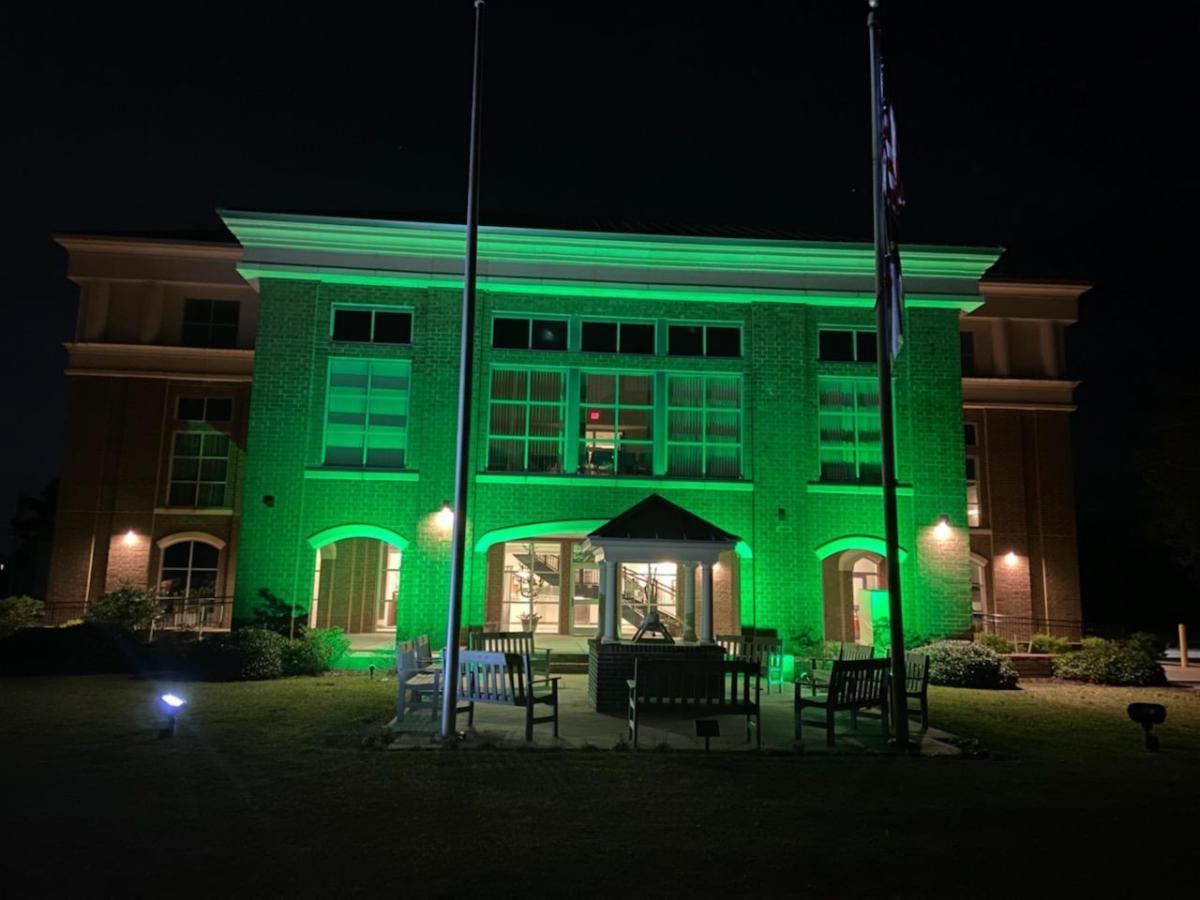Not just a pretty picture
Published 5:15 pm Tuesday, September 19, 2017
Beaufort County doesn’t have towering vistas of snowcapped mountains. It doesn’t have turquoise water lapping at white sand beaches. It doesn’t have miles of trees lighting up with orange, red and yellow come fall, nor does it have red rock honed into sculpture by millions of years of nature.
Beaufort County has something just as good; rather, it’s a part of something better.
This week is National Estuaries Week, a designation assigned 30 years ago as it became apparent just how important estuaries are to life — to aquatic life, plant life, animal life and humans.
The county is planted right in the middle of the second-largest estuarine system in the United States: more than 31,000 square miles of creeks and streams, rivers and sounds, that carries water from 43 North Carolina counties east to the ocean. It’s a place where many aquatic species shelter young until they are large enough to make their way into the Pamlico Sound, then to the ocean. The state designated the region a “nursery” for saltwater species many years ago, and those saltwater species grow up to be caught by commercial fishermen; they bring countless tourism dollars to the state with stays on the coast, charter rentals, dinners out and souvenirs bought.
Because eastern North Carolina is rural, the Pamlico-Albemarle Estuarine System is healthy, as compared to those systems in urban environments such as San Francisco or the Chesapeake Bay region. But just because this system is comparatively healthy doesn’t mean that it is not at risk. Its health is at risk every day, through runoff from yards, fields, roads and more. It rains and all the chemicals — oil, gas, fertilizers, pesticides — all get picked up by the rainwater and make their way into the waterways. Lawn fertilizers on waterfront property may flow directly into the river or creek on which that property is located. Pesticides used on crops can flow directly into ditches—once full, the water finds its way into streams, creeks and rivers. While this might not seem like a problem, the chemicals in fertilizers, pesticides and more are not good at all for most aquatic life. Instead, they can promote the growth of algae that can ultimately kill juvenile species — the same ones that grow up to be ocean-going species.
Every resident of Beaufort County can help in the fight to keep the estuary healthy in a variety of ways: by picking up trash that could end up in the water; not fertilizing a lawn just before it rains; planting natural grasses between a waterfront lawn and the river to soak up some of those chemicals before they get to the water.
Beaufort County waterways might be pretty, but they are also a cradle for life. Protecting this area’s life, and beauty, should be a priority for all.





